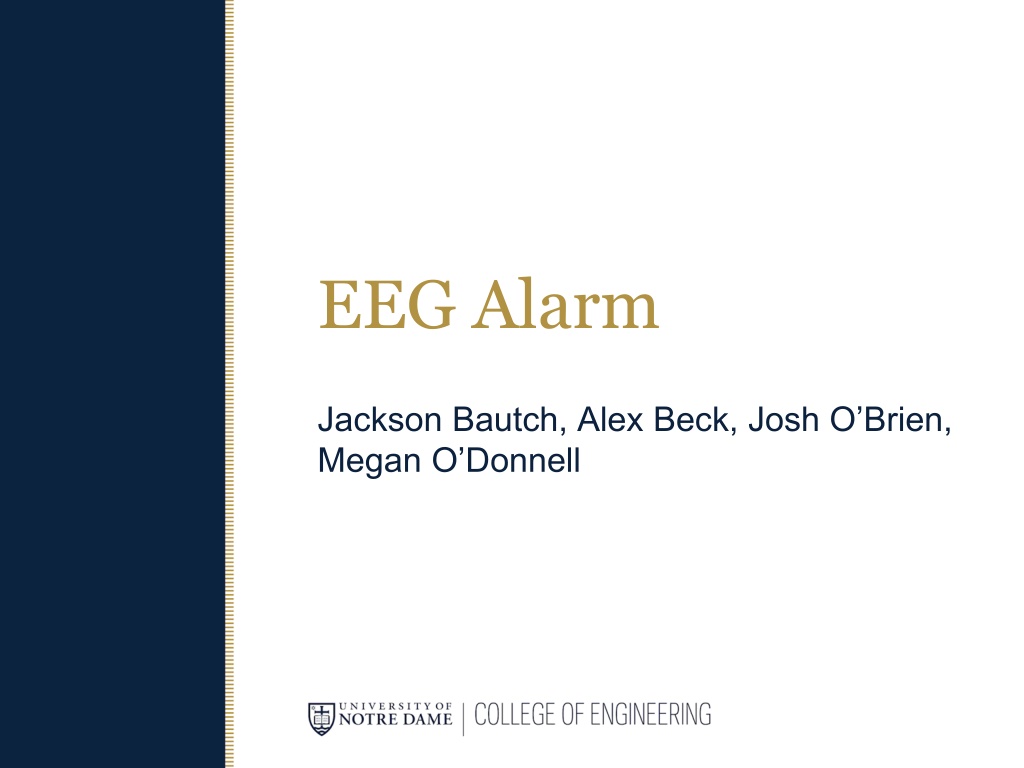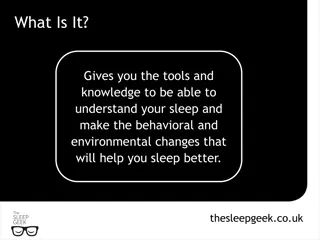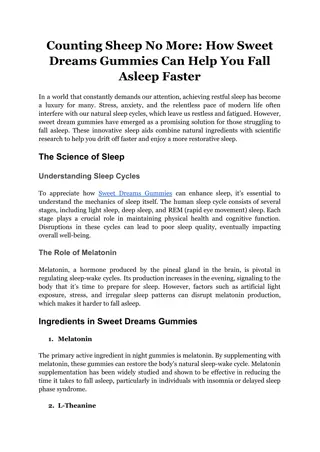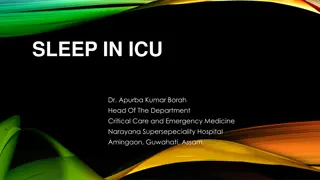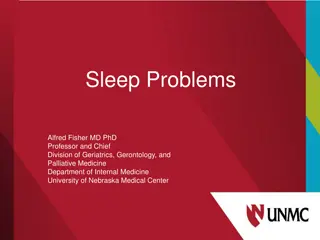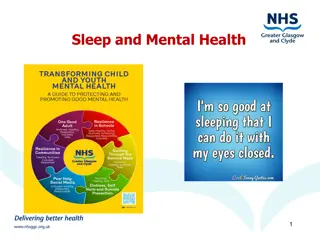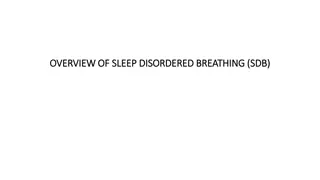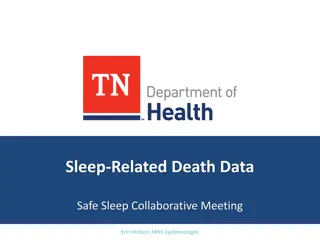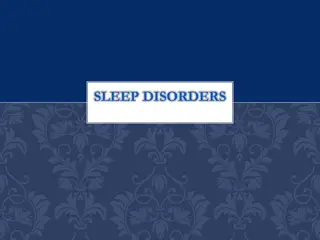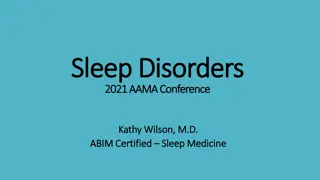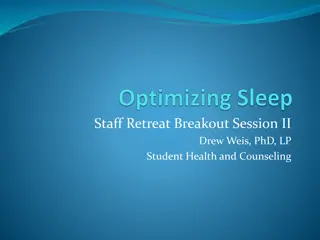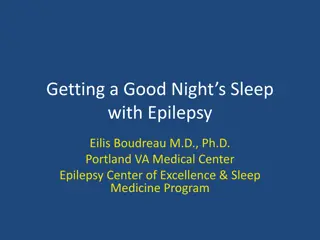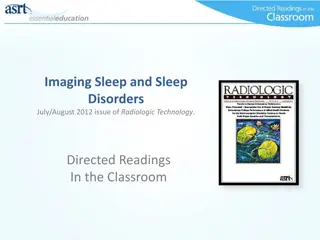Innovative Sleep Monitoring Device for Improved Rest
EEG Alarm by Jackson Bautch, Alex Beck, Josh O'Brien, and Megan O'Donnell offers a solution to track sleep stages throughout the night using Electroencephalogram (EEG) technology. With fewer electrodes and a compact design, the device sends sleep data to the user's phone and sets off an alarm during the lightest sleep stage. It features EEG and ECG sensitivity, wireless communication, health metrics display, easy fit design, and an alarm feature. The available technologies include EEG technology dating back to the 1920s and integrated circuits for biopotential data acquisition. The engineering content involves EEG sensing, heart rate sensing, and IoT with a wireless system. The device aims to help users wake up feeling refreshed, track sleep data effectively, and ensure comfort during wear.
Uploaded on Sep 28, 2024 | 0 Views
Download Presentation

Please find below an Image/Link to download the presentation.
The content on the website is provided AS IS for your information and personal use only. It may not be sold, licensed, or shared on other websites without obtaining consent from the author.If you encounter any issues during the download, it is possible that the publisher has removed the file from their server.
You are allowed to download the files provided on this website for personal or commercial use, subject to the condition that they are used lawfully. All files are the property of their respective owners.
The content on the website is provided AS IS for your information and personal use only. It may not be sold, licensed, or shared on other websites without obtaining consent from the author.
E N D
Presentation Transcript
EEG Alarm Jackson Bautch, Alex Beck, Josh O Brien, Megan O Donnell
Proposed Solution Track sleep stages throughout the night Electroencephalogram (EEG) Fewer electrodes, limit device size Send sleep data to user s phone Phone and EEG record sleep stages to set off alarm in lightest sleep
Intended Demonstrated Features 1. EEG and ECG Sensitivity -measure electrical activity from the heart + brain 2. Wireless communication - sensors and microcontroller communicate with app/website through WIFI 3. Health Metrics - display information to the user in both live- feed and night s sleep summary form. Heart Rate, time asleep etc. 4. Easy Fit - package sensors and controller in comfortable, lightweight manor to allow for seamless integration into comfortable sleeping. 5. Alarm Feature - allow user to set desired wake up range and wake up the user during the correct sleep cycle stage.
Available Technologies EEG technology has existed since the 1920s Integrated circuits for biopotential data acquisition, amplification, filtering ESP32 bluetooth capabilities for sending data
Engineering Content 1. EEG Sensing 2. Heart Rate Sensing 3. IoT and Wireless System
Closing Thoughts Benefits Still waking up on time, but feeling better rested Easier time waking up Recorded sleep data (heart rate, sleep stages) Comfortable to wear
